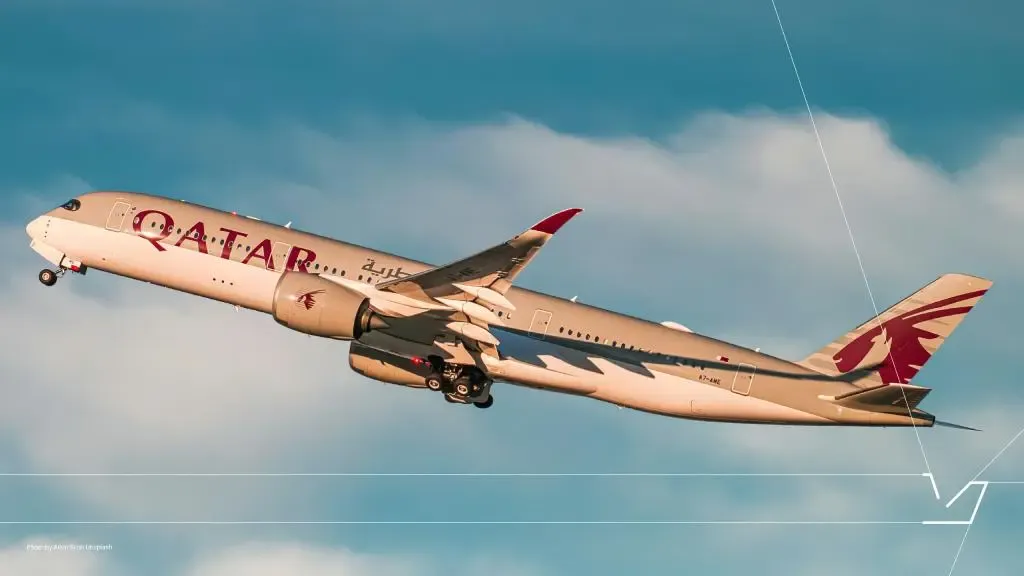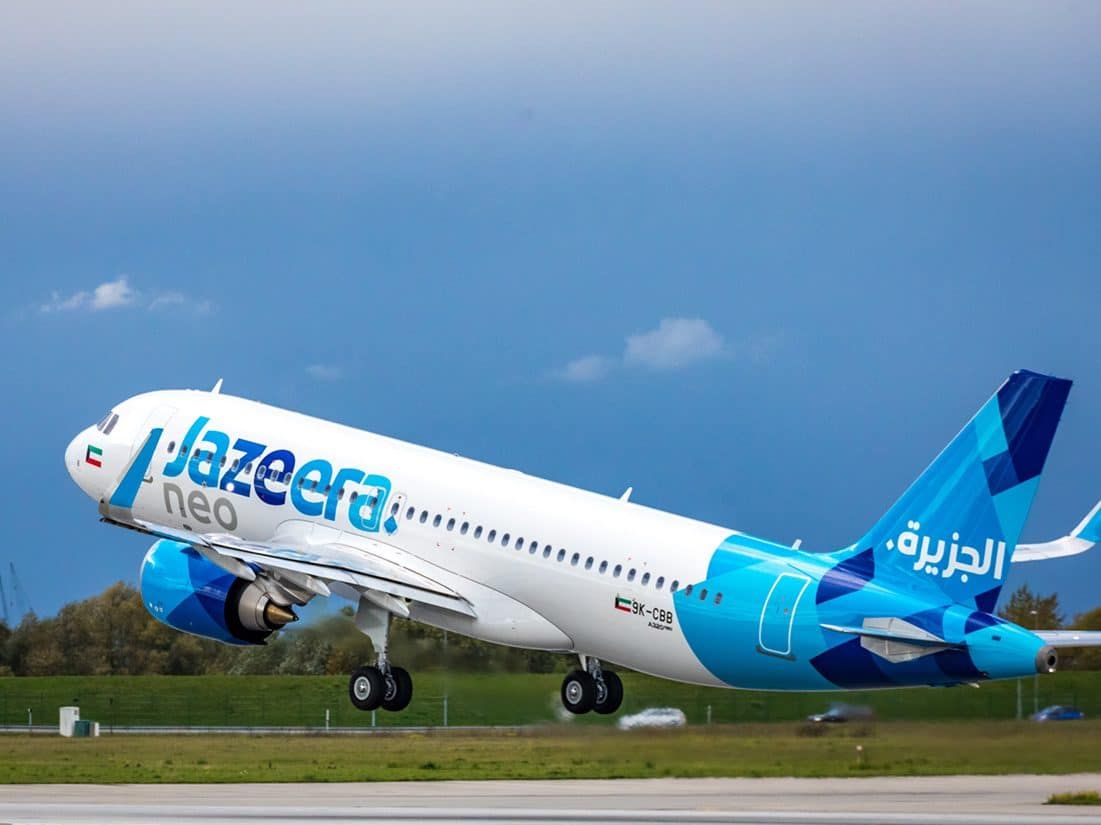23 Oct 2025
Why must you expand your sales to MENA?

The aviation industry in the Middle East and North Africa (MENA) is experiencing rapid growth and transformation. With expanding airport infrastructure, new technologies, and strategic partnerships, MENA aviation is on track to become a global leader in air travel.
Airport Expansion in MENA
Several countries in the MENA region have invested in large-scale airport expansions to accommodate rising air traffic. Saudi Arabia’s $147 billion expansion plan for Riyadh’s King Khalid International Airport is a prime example, aiming to boost capacity to over 180 million passengers per year by 2050 (1). Similarly, Dubai International Airport continues to maintain its status as the world’s busiest airport for international passengers, with further investments enhancing capacity and efficiency. Egypt, too, is expanding Cairo International Airport to meet rising demand, aiming to become a major hub for Africa and the Middle East.

Qatar-Sudan Aviation Collaboration
Qatar and Sudan are collaborating to improve Sudan’s aviation infrastructure. They are establishing an air navigation centre in Port Sudan and extending the landing strip at Port Sudan International Airport. This Partnership also focuses on training Sudan’s aviation staff to modernize the country’s aviation capabilities.
Morocco is A Growing Aviation Hub
Morocco is positioning itself as a growing aviation hub, leveraging its strategic location and increasing investment in aerospace. The country has developed a robust aeronautical ecosystem, attracting major players like Safran, Boeing, Airbus, and Bombardier. With over 130 aerospace companies operating in Morocco, the sector has seen rapid growth, generating around $2 billion annually (2). This includes manufacturing components such as aircraft wings and fuselages, and providing maintenance and repair services for Boeing and Airbus planes.
Growth of Low-Cost Carriers (LCCs) in MENA
The demand for low-cost travel options has surged in the MENA region, with carriers like Air Arabia, Flydubai, and Jazeera Airways expanding their networks. These LCCs are increasing point-to-point connections, especially to underserved destinations, allowing more affordable travel across the region and beyond. This trend has also driven competition among airlines, ultimately benefiting consumers.

Importance of Air Cargo
As global trade shifts, the role of air cargo is becoming more critical in the MENA region. The UAE, Saudi Arabia, and Qatar are positioning themselves as major air freight hubs by investing in advanced logistics infrastructure. These investments are helping to strengthen the region’s role in global trade.
Conclusion
The MENA aviation industry is not just bouncing back but is on a trajectory of robust growth and innovation. With airport expansions, the rise of low-cost carriers, and a focus on sustainability, the region is cementing its role as a key player in global aviation. For industry stakeholders, the future of MENA aviation looks bright as it continues to evolve and meet the demands of the modern traveller.
- https://airfreight.news/articles/full/saudi-arabia-plans-147-billion-expansion-for-transport-sector
- https://www.africanews.com/2024/04/24/morocco-aiming-to-turn-the-north-african-kingdom-into-an-aviation-hub/
Related Articles
Stay Updated with the Latest Aviation Insights & Industry News.

